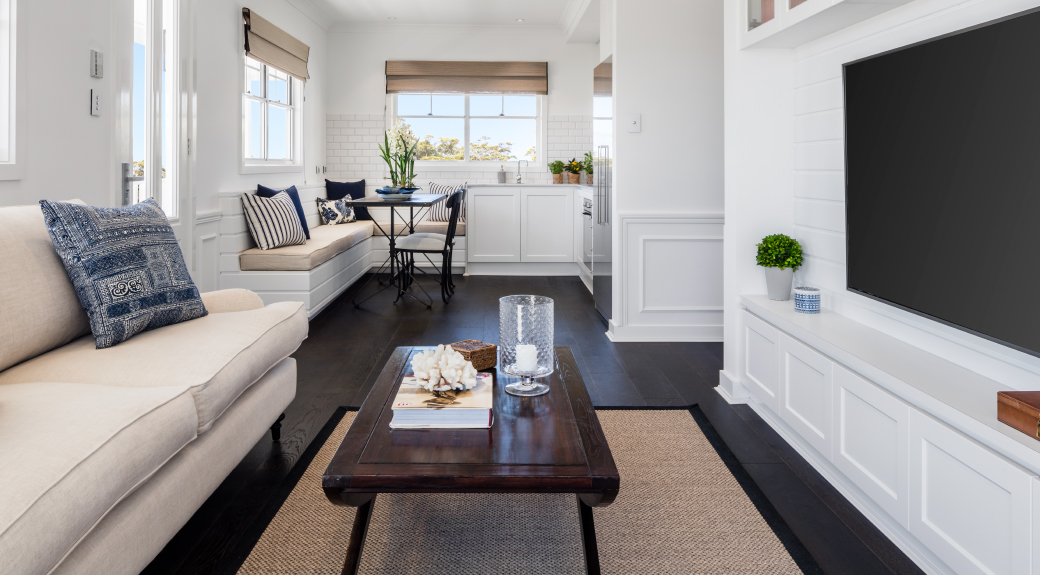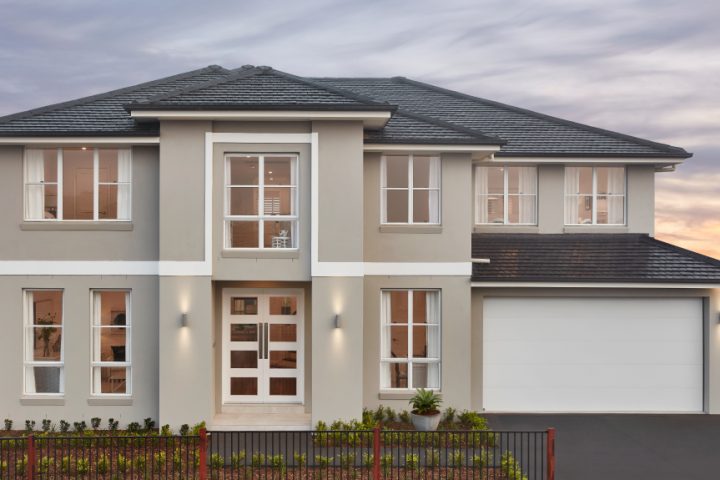Dual occupancy and multi-generational living – Part One

Dual occupancy and multi-generational living – Part One
April 28, 2020
There’s been a recent increase in building demand for dual occupancies, granny flats and multi-generational living across NSW, and it’s no wonder.
Granny flats (attached or detached), duplexes or single homes built with more than two generations in mind can deliver impressive benefits like additional rental income, higher resale value, improved savings opportunities, and integrated family lifestyle and support.
In part one of this two-part blog series, we’ll take you through the options, council requirements and sub-dividing.
1. Evaluate your options
The first, and biggest, decision you need to make is which kind of living style is going to work best to fit your lifestyle and goals not only now, but in the future.
Everyone’s situation and personal preferences are different. For example, is it absolutely mandatory to have two defined entrances and homes?
If you’re looking for distinct living homes with separate entrances, no shared rooms, living spaces, then a duplex or detached granny flat are your choices.
If not, you can add inter-generational house designs to the mix. This is a single dwelling designed for more than two generations of a family, for example…
- A home with two separate living spaces (one area will be smaller). In this area of the home you will find a single kitchen, bathroom and master bedroom all contained within the family home. It’s perfect for the extended family who want to have their own living and cooking space.
- A home with two master bedrooms and ensuites on different floors to accommodate a family and grandparents. You share living and cooking areas but you have the ability to have guests or grandparents stay downstairs with their own bedroom and bathroom.
2. Understand council requirements
Navigating the landscape of government and council requirements is much easier with the help of an experienced builder.
There are many parts of the process you will need to know. Does the local council permit dual occupancies under its Local Environmental Plan? Are there any exceptions? What is the minimum width for a block under NSW Government regulations? Do you have a strict maximum floor space ratio and building height?
Every council has other individual levels of control over the block of land you want to build on.
For detached granny flats you will need to know the setback requirements, minimum block size and zoning before you commit. Will council permit a double storey granny flat?
“We find customers can interpret councils’ regulations or rules differently or can even have trouble understanding them as they can be complicated. This is why it’s important to go with a Builder who is experienced with building dual occupancy dwellings and can manage and simplify what you need to know,” says Bellmarch Homes General Manager Chad Campbell.
3. Do you need to subdivide?
Knowing what you can do with your land is also important if you want to sell one of the dwellings in the future and keep the other. Councils will advise you if subdivision – Strata or Torrens – is permitted with the construction of your dual occupancy.
“It is critical to have the right title on the land and know if you are able to subdivide. Preparing for this at the planning stage in consultation with your builder is the best time to do this. If subdivision is permitted, it’s best to do this at the same time as the application for the construction of the dual occupancy,” says ZAC Homes Groups Sales and Marketing Manager Gavin Phibbs.
The differences are:
Torrens – this is the subdivision of one lot into two and there are no shared services.
Strata – if your land cannot meet the requirements for a Torrens subdivision you may be able to have a Strata title, similar to that of a townhouse or apartment building.
This means that you will need to work with the resident of the other unit for joint concerns (for example, maintaining a roof). When you subdivide, you will need a surveyor and/or conveyancer to change the details on the first title and to create a new title that will represent the now separate second property. Once you’re the official owner of two legal residences, you can sell one or both.
Note that a granny flat is different as it’s considered to be a second dwelling on one title and as such, can’t be sold separately to the main house.
In part two we’ll discuss the stages and processes you will need to know once you engage your Builder, customisation options and some FAQs.
HomeWorld currently has more than 30 building companies in the group that design and build dual occupancy living. You can find a list of these builders on our website and connect with them directly via email to arrange a time to meet with their sales teams and discuss your options.
Other recent blog
Sydney Thunder: HomeWorld Community Grants help Thunder Nation
Thunder Nation have benefited from much needed financial assistance thanks to the HomeWorld Community Grant program Clubs across the Thunder Nation have benefited from much needed financial assistance thanks to the HomeWorld Community […]
Knock Down and Rebuild
Each year we are finding that more and more people are coming out to a HomeWorld display village because they are considering a knock down and rebuild and they want to see what […]

